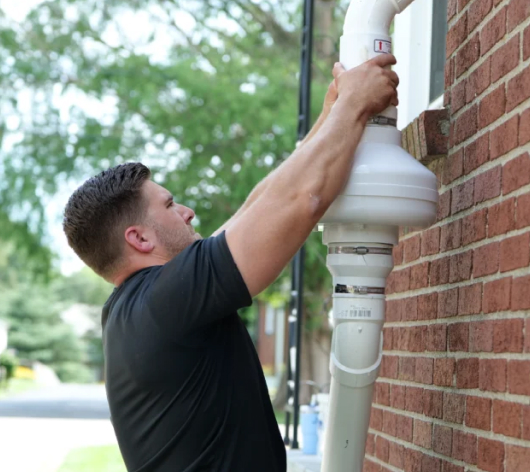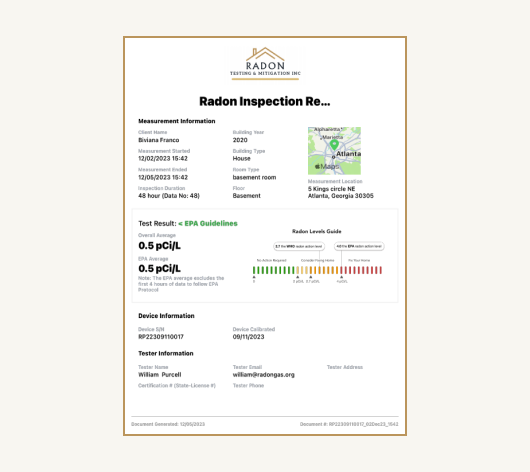

Radon exposure is particularly dangerous due to its radioactive properties and the health risks associated with prolonged inhalation.
Here are the primary dangers:
Primary Risk: The most significant danger of radon exposure is an increased risk of lung cancer. Radon decay products can attach to lung tissue, emitting alpha particles that can damage DNA and potentially lead to cancer.
Statistical Risk: According to the Environmental Protection Agency (EPA), radon is the second leading cause of lung cancer after smoking. For non-smokers, it is the leading cause of lung cancer.
Risk Amplification in Smokers: Smokers exposed to high levels of radon are at an even greater risk of developing lung cancer compared to non-smokers.
Long-term Exposure: Chronic exposure to radon, even at lower levels, can accumulate over time, increasing the overall risk of lung cancer. The risk is proportional to the level of radon and the duration of exposure.
Latency Period: There can be a long latency period between exposure and the onset of lung cancer, often many years or even decades.
No Immediate Symptoms: Radon exposure does not cause immediate symptoms, making it particularly insidious. People may be exposed for long periods without knowing, as it is odorless, colorless, and tasteless.
Detection Only by Testing: The only way to detect radon in homes or buildings is through specialized testing, which is not always routinely done.
Seepage into Homes: Radon gas can seep into buildings from the soil through cracks in floors and walls, construction joints, and gaps around service pipes. Poorly ventilated, enclosed spaces can trap radon, leading to higher concentrations.
Regional Variability: Some geographic areas have higher natural radon levels due to the presence of uranium in the soil, increasing the risk for residents in these areas.
Testing and Monitoring: Regular testing of homes and workplaces, especially in high-risk areas, is crucial. Testing is relatively simple and inexpensive.
Ventilation and Sealing: Improving ventilation and sealing entry points in basements and ground floors can help reduce radon levels indoors.
Radon Reduction Systems: Installing radon mitigation systems in homes with high radon levels can significantly reduce exposure. These systems typically use a vent pipe and fan to draw radon from beneath the house and release it outside.
Building Regulations: Adhering to building codes that require radon-resistant construction techniques in new buildings can prevent radon entry.
Radon exposure poses serious health risks primarily due to its association with lung cancer.
The lack of immediate symptoms and the difficulty in detecting radon without proper testing make it a hidden danger.
Effective mitigation strategies and regular testing are essential to reduce the risks associated with radon exposure.
Our professional radon testing services means choosing accuracy and professionalism. Our certified radon testing process is thorough, efficient, and designed to work around your daily life. For homeowners, buyers, and real estate professionals in Atlanta, GA, working with Radon Testing and Mitigation Inc. guarantees a comprehensive understanding of a property’s radon levels.

When it comes to testing for radon gas, Atlanta residents should consider only certified professionals. Certified radon testing, like the services provided by us here at Radon Testing and Mitigation Inc., ensures accurate, reliable results. This is particularly important during real estate transactions in Atlanta, GA, offering peace of mind to buyers and sellers alike by ensuring decisions are based on precise radon level readings.

In Atlanta, GA, accurate knowledge of a home’s radon levels is vital for any real estate transaction. Certified radon testing provides the detailed information necessary for negotiations, determining property values, and making informed decisions. We specialize in providing detailed radon reports essential for buyers, sellers, and real estate agents, ensuring everyone involved can make decisions with confidence.


